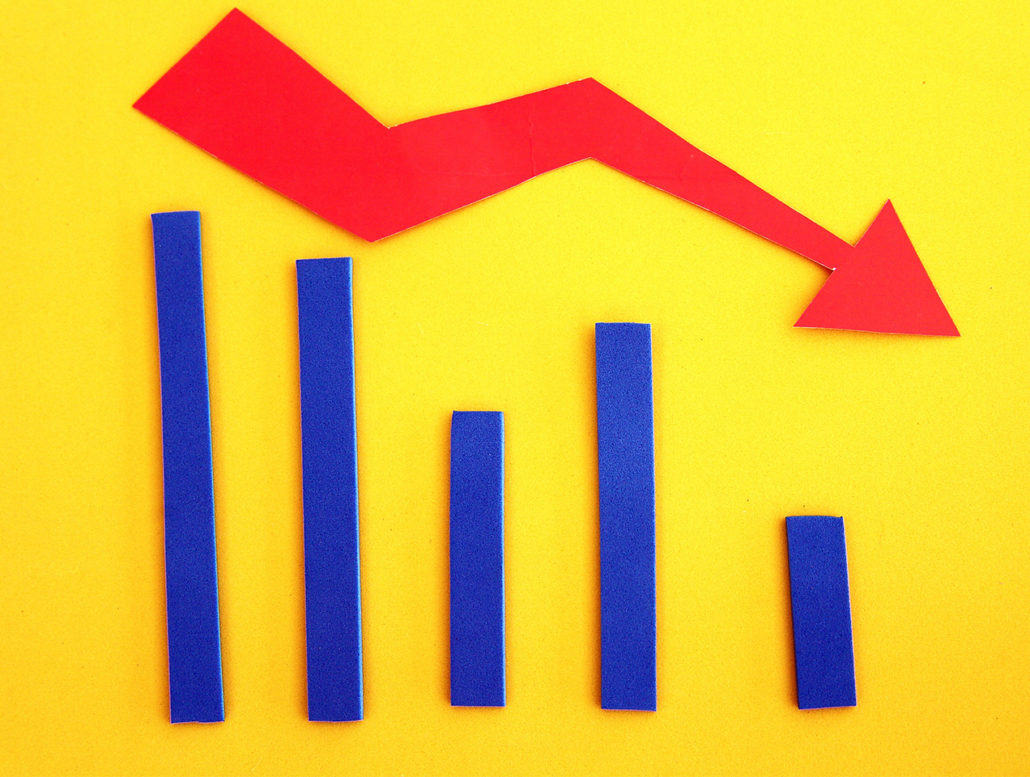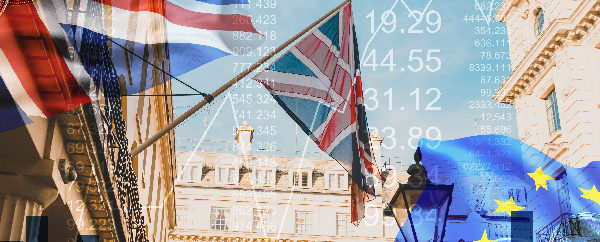Global markets are grinding to a halt, with evidence of slower growth in major economies including the US, UK, Germany and China – so what’s going on?
The UK’s uncertainty surrounding Brexit is an obvious source of doubt for investors, but it’s not enough to explain the pattern that is being seen internationally as well.
Writing in an opinion piece on Project Syndicate, Eswar Prasad, professor of trade policy at the Dyson School of Applied Economics and Management at Cornell University, warns of an “increasingly synchronised global slowdown”.
He adds: “The drumbeat of warnings about a looming worldwide recession is growing ever louder … what this portends in the longer term is ominous, especially given the limited macroeconomic policy options for stimulating growth.”
What factors are slowing global growth?
Professor Prasad identifies a number of common factors that are combining to produce slower global growth at present:
- Weak business and consumer sentiment.
- Geopolitical uncertainty.
- Tensions in international trade.
He warns that corporate investment is already showing signs of being hampered by these influences, and that future growth prospects could also be hurt by them.
So what – if anything – can be done to reinvigorate national economies on the global stage before stagnating growth worsens to become economic decline?
Limited options for policymakers
Many developed economies are still emerging from the decade-long turbulence that started with the recession in 2007-08.
Phrases like ‘sub-prime lending crisis’ and ‘credit crunch’ might feel like the distant past, but the impact of those events rumbles on, notably in terms of monetary policy and interest rates.
With rates still at near-historic lows from the actions taken to mitigate the recession of the 2000-10s, there is not much further for policymakers to drop them.
At the same time, consumers hold relatively high levels of personal debt, again making it more difficult to kickstart struggling national economies.
Professor Prasad warns that if this leads to unconventional methods of monetary policy, these “would come with significant risks and uncertain payoffs”.
What can be done to protect growth?
The professor suggests “a judicious mix of monetary and fiscal measures” if the remaining positive growth is to be supported at a national and global level.
He proposes other areas where action could be taken too, such as reforms to labour, product and the “vast and unfinished task” of reforming financial markets.
“How well [policymakers] respond to this challenge will shape the course of the world economy for years to come,” he concludes.
What lies ahead for the global economy?
Professor Prasad’s opinion is echoed by the World Bank in a June 2019 report that claims global growth is at its lowest rate in three years, with fragile momentum and substantial exposure to risks.
This leads to a forecast of 2.6% growth in the world economy in 2019, rising slightly to 2.7% in 2020 – although again, there are risks to this forecast.
For the poorest countries, the outlook is worse. Low-income countries are those with an income of less than $995 per capita in 2017 – as of 2019 there are 34 such countries, down from 64 in 2001.
But for those 34, challenges include remote geography, fragile economies, conflict and violence.
Many are largely agricultural, meaning they are more exposed to negative impacts from extreme weather, and may already be extremely vulnerable to national debt.
Protecting the poorest for prosperity
To support prosperity on a global level, countries may need to work together to protect the interests of the worst performing national economies.
“Domestically, developing stronger financial systems and promoting financial inclusion and strengthening governance and business climates to support the private sector can help,” the World Bank states.
“Integration into global trade and encouraging foreign direct investment are ways a country can look beyond its borders for growth.”
By doing this, new value could be brought into international trade, not only lifting some of those 34 countries out of economic poverty, but also helping more valuable national economies to thrive through a process of mutual growth.
Disclaimer: The information provided here is not investment, tax or financial advice. You should consult with a licensed professional for advice concerning your specific situation.




